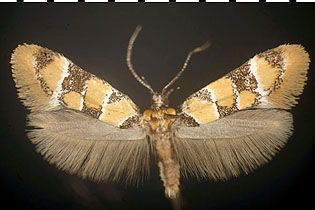
Figure 1. Decantha boreasella. Adult, collected at UV light.
The present concept of Oecophoridae is restricted to this group, as defined on basis of the genus Oecophora. Larvae of Nearctic species usually are found in dead wood, where they probably feed on fungus. Little is known of the specific habits of these larvae, and some of the species apparently never have been reared. Adults are small moths, some species of which are rather brightly colored. Not surprisingly, given the larval habits, they are most commonly collected in deciduous forest.
For information on the genera Idioglossa (one native species) and Stathmopoda (two native and one introduced species), which were listed under Oecophoridae in the 1983 checklist, see the page on Batrachedridae.
Decantha boreasella (Fig. 1) is sometimes abundant at UV light in deciduous forest in late June.

Figure 1. Decantha boreasella. Adult, collected at UV light.
Epicallima argenticinctella (Fig. 2) likewise is a common species in deciduous forest, where the adult sometimes is abundant at UV light.
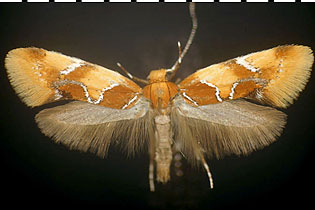
Figure 2. Epicallima argenticinctella. Adult, collected at UV light.
Fabiola edithella (Fig. 3) generally is seen less frequently than the previous two species, but in areas where populations occur, it can be locally common. The adult has the noticeable habit of flying during the 15 minutes or so immediately before the first light of dawn (J. Wiker, pers. comm.). It is collected most frequently in late June.
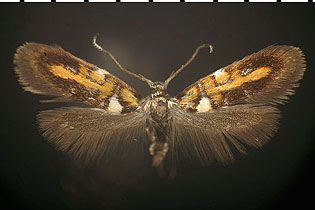
Figure 3. Fabiola edithella. Adult, collected at UV light.
Mathildana newmanella (Fig. 4) is found in deciduous forest; in central Illinois, the adult flight period begins in late May.
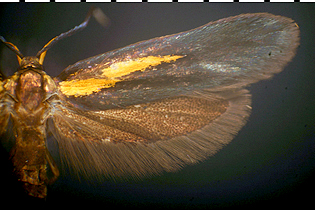
Figure 4. Mathildana newmanella. Adult, collected at UV light.
Eido trimaculella (Fig. 5), like Mathildana newmanella, occurs as an adult in deciduous forest beginning in late May.
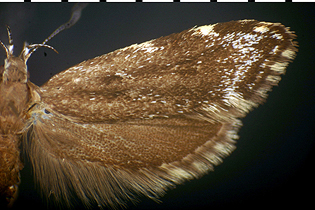
Figure 5. Eido trimaculella. Adult, collected at UV light.